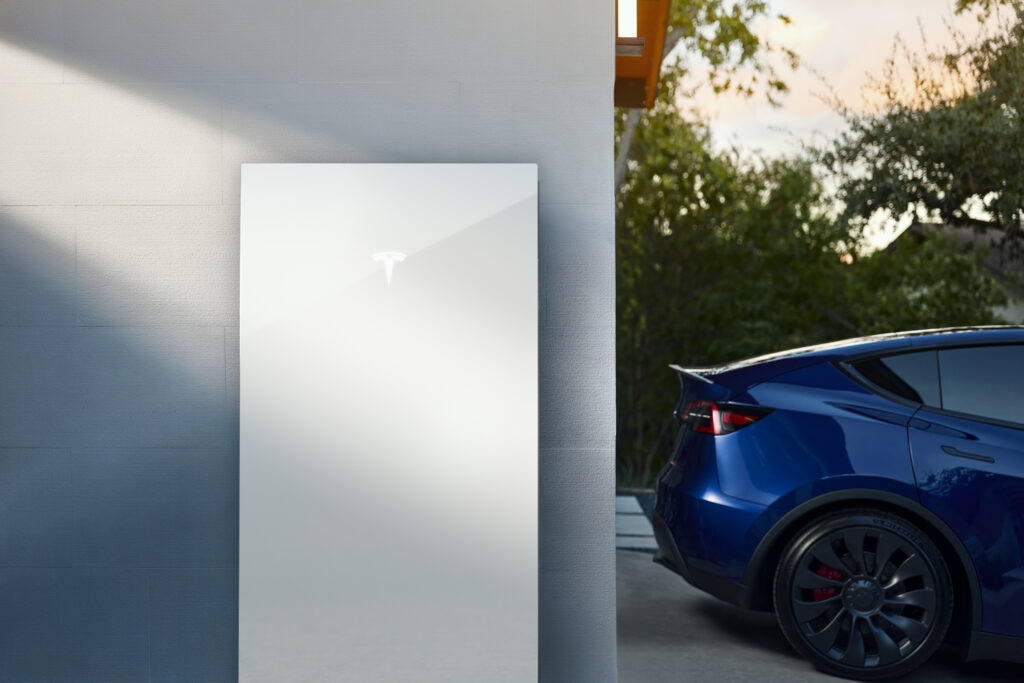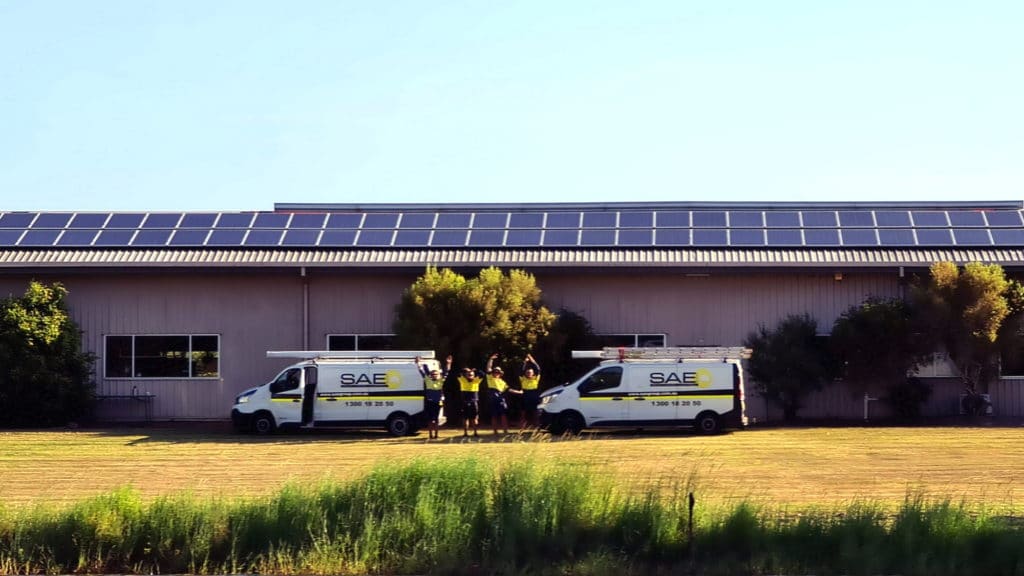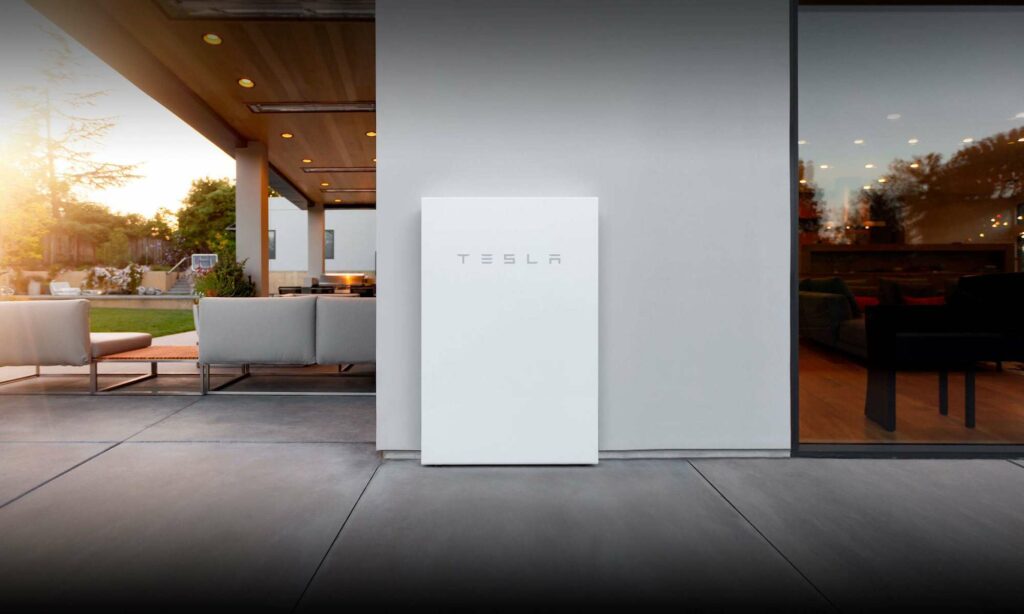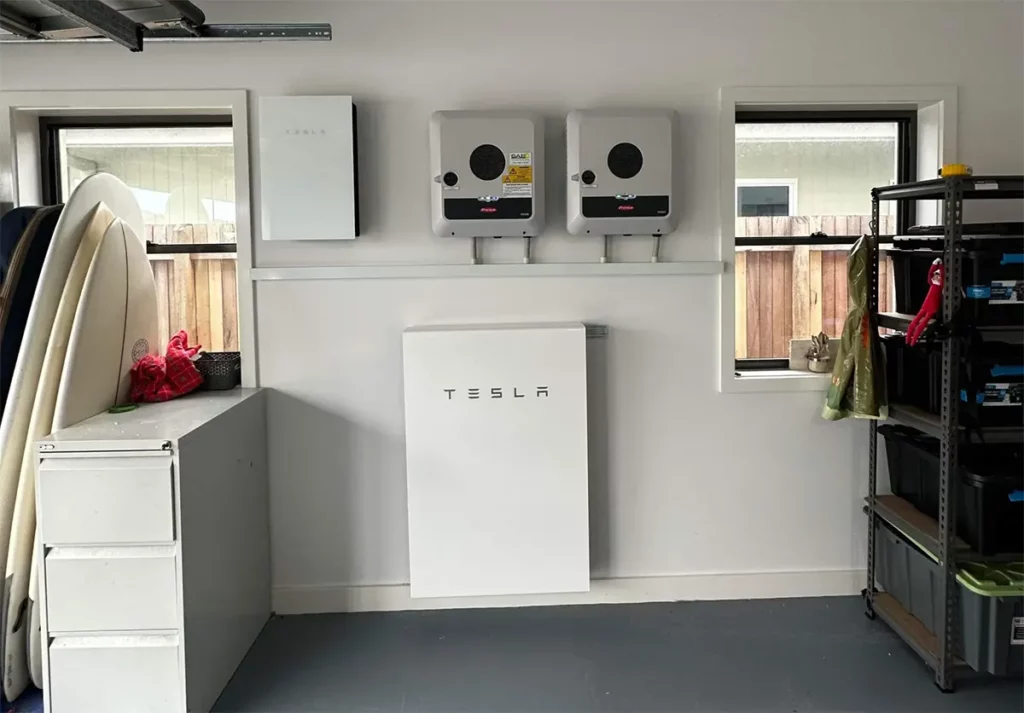March 1 Deadline For 5kW Solar Power in Queensland?
Home » March 1 Deadline For 5kW Solar Power in Queensland?
5kw March deadline for Queensland! Seen that headline recently? There have been a series of articles and social media posts telling Queenslanders that the rules for installing solar in Queensland are changing as of 1st March. This has now been pushed out to the 30th September 2015 and there have even been other industry commentators arguing over the impact on you the consumer. So what exactly does this deadline mean to you and your plans for solar?
Most Australians understand that Solar energy offers a large range of benefits simply because it’s abundant, safer to produce and maintain, and has minimum environmental impact. Because of this, more and more homes and businesses are adding solar to have better control over their individual power supply and costs. What most Australians don’t understand is the electrical grid is a complex machine that needs a balance between energy supply and demand. Adding a different source of energy, such as solar, can and has at peak times altered this critical balance effectively ‘tripping’ the grid. Power quality issues then emerge as soon as sun exposure varies throughout the day.
Because of this the Queensland energy networks created a ‘standard’ due to the rapid uptake of Solar PV systems in recent years. Right now if you want to install a grid connected solar system with an inverter bigger than 5kW you have to obtain special permission.

Until now Queenslanders have been installing 5kW or below sized inverters to keep things simple, however the powers that be are changing the rules again from the of 30th September 2015. What this means is that all inverters over 3kW will have to have “Reactive Power Control”. These new ‘Reactive Inverters’ are at the same price as the earlier models and the only delay was the lack of availability of these compliant models coming onto the market. What is important to know is that all Inverter manufacturers are not only aware of the coming changes, but most are ready to supply them. Manufacturers like SMA and Aurora are already compliant, the JFY Suntwins models were replaced by the new Sunseed range after consultation with SAE Group.
The issue of the reactive inverters is not to limit the output or reduce the Feed In Tariff or anything sinister like that, it is simply to help harmonise the output from the inverter with that on the grid. With the potential increase in power being fed back into the grid by the larger solar systems around the middle of the day, the reactive inverters will simply prevent the feed in power upsetting the grid. This is a problem discovered a few years back in Germany where the solar uptake had reached similar proportions to where we are in Australia today.
It‘s also important to remember when it comes to Solar, more often than not you get exactly what you pay for and we have no doubt that there will be a fair few wheeler and dealers who have taken advantage of cheaper inverters at fire sale prices from companies who have gone bust who will be looking to use scare tactics to offload their old stock of inverters as quickly as possible, as they will not be able to return these items to the wholesaler for replacement with the up-to-date models like the more reputable companies can.

Despite the limit imposed on the inverter size, IF you have a quality inverter (like one of the models mentioned above) you can still overload your system up to 20% i.e. 5kW up to 6kW. You can even go one step further, with a top rated SMA5000TL which you can step up to 6.5kW. Here the inverter doesn’t export the higher power, it does broaden the shoulders of the peak output time giving you a longer period of maximum output. You should not be paying more for your system – unless the company you are being quoted by is taking serious advantage of your lack of knowledge of this situation.
A final word on the micro inverters, as they are already more expensive, and yes they do have a better output. However unless you have severe shading issues they are really not necessary in our Australian climate and they are likely to cost more to become reactive due to their size limitations and the added technology to be fitted into them.
If you are still not sure how this will affect you? Contact us today and one of our team will be happy to answer any solar related questions you may have.







